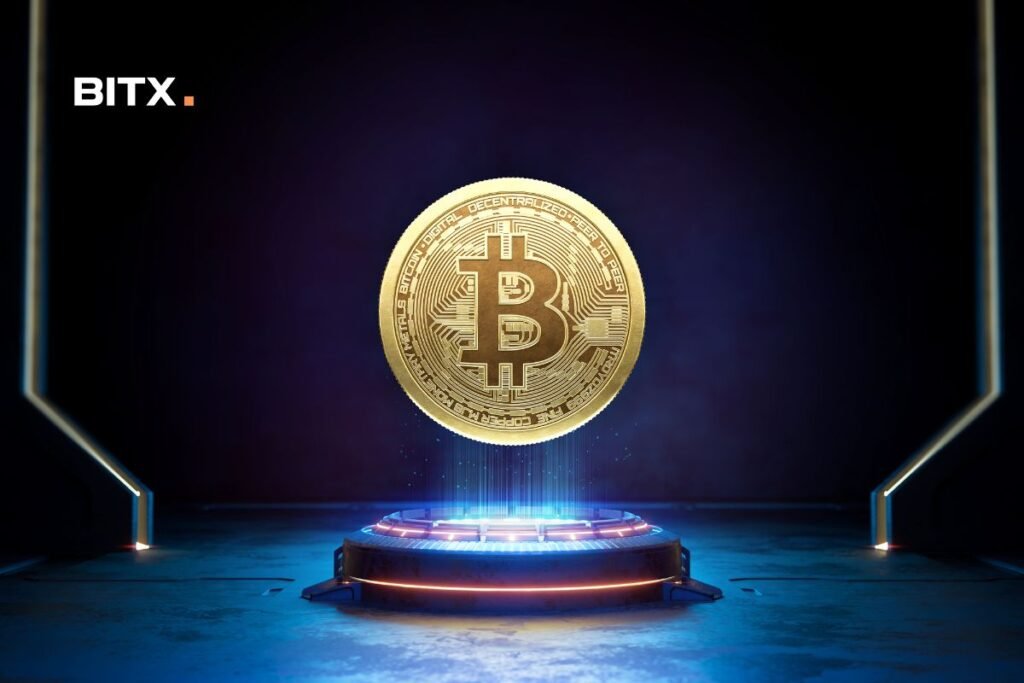Introduction
Bitcoin mining, the process of verifying and recording Bitcoin transactions in the blockchain, has evolved significantly since its inception in 2009. This comprehensive guide delves into the various methods that have shaped cryptocurrency mining, providing an insightful journey through the digital gold rush.
The Genesis: CPU Mining
Originally, Bitcoin mining was performed using Central Processing Units (CPUs) in personal computers. This simplicity made it accessible to anyone willing to install specific software. However, as more people joined the network, the increasing complexity of the proof-of-work algorithm necessitated more powerful solutions.
The Shift to GPU Mining
Graphical Processing Units (GPUs), designed for managing complex mathematical operations, replaced CPUs due to their speed and efficiency. GPUs could perform the complex math calculations required for mining up to 50 times faster than CPUs. This period marked a significant rise in mining power and competition among miners.
The Ascendancy of ASIC Miners
Application-Specific Integrated Circuits (ASICs) soon emerged as the dominant force in Bitcoin mining. These custom-built chips, designed specifically for mining Bitcoin, far outperformed GPUs. The first generation of ASICs, introduced in 2013, provided a major advantage as they were up to 100,000 times more effective than CPUs and 1000 times more effective than GPUs.
The Era of Cloud Mining
Cloud mining, the practice of renting mining equipment from remote data centers, emerged as a convenient solution for those lacking the resources to invest in hardware. While cloud mining offers simplicity and ease of entry, its profitability has been questionable, with numerous scams and issues with reliability.
The advent of Mining Farms
Large-scale mining operations, known as mining farms, sprung up to leverage economies of scale. These farms house thousands of ASIC miners in climate-controlled facilities to maintain optimal performance. The high initial investment and significant energy consumption, however, have made mining farms a costly endeavor.
The Rise of Cryptocurrency Mining Pool
Mining pools, collective efforts of miners who combine their computing power to increase their chances of finding blocks, have become commonplace. By pooling resources, miners can compete more effectively with large mining farms, though they share the rewards proportionally based on their contributions.
The Evolution of Proof-of-Stake
Recognizing the environmental and energy concerns associated with proof-of-work, alternative consensus mechanisms have emerged. Proof-of-Stake (PoS), for example, validates transactions based on the stake or the established ownership of currency, rather than computational power.
The Future: Quantum Computing and Beyond
The promising field of quantum computing could disrupt Bitcoin mining as these machines could potentially solve the complex mathematical problems significantly faster than current ASICs. To counter this threat, Bitcoin developers are exploring quantum-resistant algorithms to maintain the security and integrity of the blockchain.
Conclusion
From humble beginnings on CPUs to the dominance of specialized ASICs and the promise of quantum-resistant algorithms, Bitcoin mining has undergone a transformation that has reshaped the landscapes of both technology and finance. As the future unfolds, it is clear that this digital gold rush will continue to evolve, driven by technological advancements and the pursuit of financial freedom.
